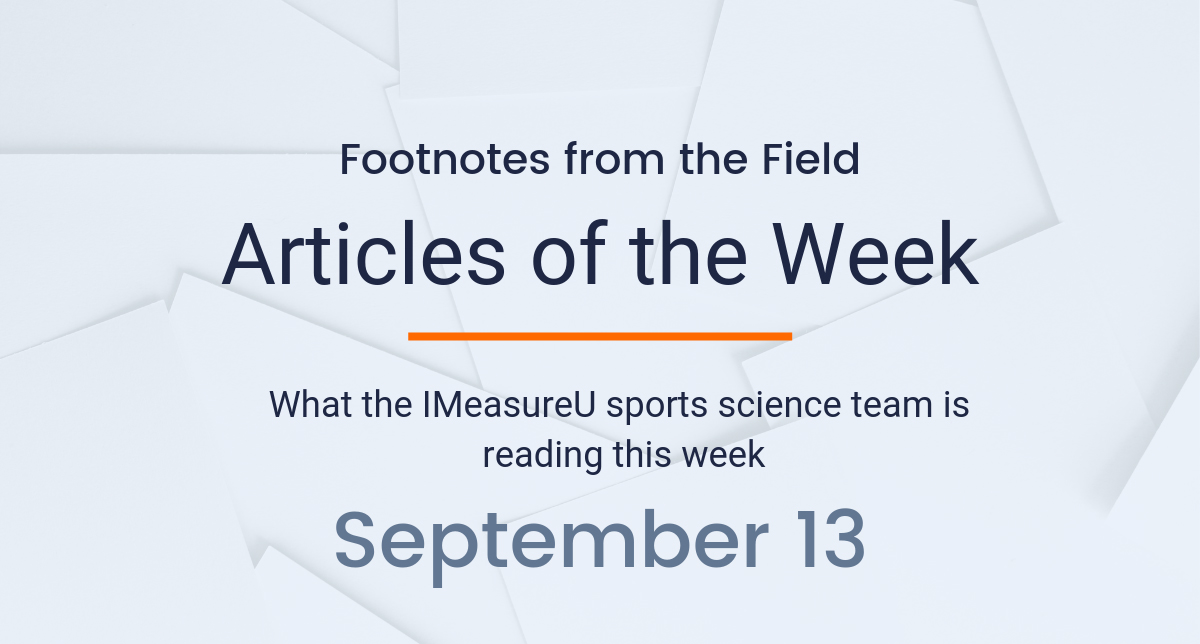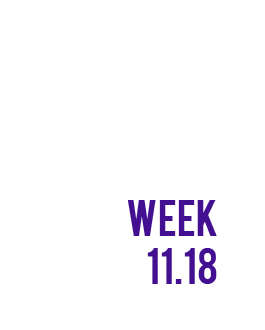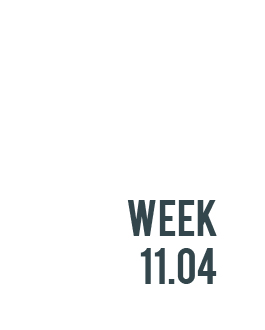
Here’s what the sports science team at IMeasureU is reading this week:
The first article from this edition of the articles of the week comes from author Tom Dos’Santos at Salford University in the Sports Medicine Journal. To add to his already extensive body of work on change of direction, Tom Dos’Santos reviews the current literature on the effects of training on change of direction biomechanics in association with increased ACL loading. Conclusions from this review suggest that balance training is a potentially effective strategy to reduce knee joint loads during cutting, most likely attributed to eliciting safer knee agonist-antagonist muscle patterns and hip and trunk muscle activity. Change of direction technique modifications that focus on reducing lateral trunk fexion, reducing lateral foot plant distances, increasing knee flexion, and promoting earlier braking (during the penultimate foot contact), also provide an effective training modality for reducing COD knee joint loading.
The next article comes from author Damian Harper and is another review paper in the Sports Medicine Journal alongside co-authors Chris Carling and John Kiely. The aim of this review aims to compared high and very high intensity acceleration and deceleration demands in elite team sports during competitive match play. Interestingly, all team sports apart from American Football reported a greater frequency of high and very high intensity decelerations compared to accelerations. Therefore to ensure that elite players are optimally prepared for the high-intensity accelerations and decelerations imposed during competitive match play, it is imperative that players are exposed to comparable demands under controlled training conditions.
This article in the Journal of Orthopaedic & Sports Physical Therapy by author Jack Hickey and colleagues at Australian Catholic University. The primary aim of this study was to compare the number of days from acute hamstring injuries to return to play (RTP) clearance following a standardised rehabilitation protocol performed within either pain-free or pain-threshold limits. Conclusions in this paper suggest that pain-threshold rehabilitation did not accelerate RTP clearance but did result in greater recovery of isometric knee flexor strength and better maintenance of bicep femoris long head fascicle length improvements compared to pain-free rehabilitation.
Our fourth article comes from Matevž Pustišek and colleagues from the University of Ljubljana in Slovenia featured in the Personal and Ubiquitous Computing Journal. This article provides a short introduction to motor learning in sport and its needs for technology back-up as well as detailing the properties and limitations of various sensors used for sport activity signal acquisition and means of communication. Rather than providing any clear conclusions, this paper uses the information presented to question whether science can make a step into the domain of coaching.
The last article in this week’s articles of the week is a little bit different as its a review of the recent World Congress of Science and Medicine in Cricket conference which we were very proud to support. This review by Marc Portus and Stuart Cormack not only reviews the conference, pulling out interesting take home points, but it also links to the full conference program and the book of abstracts which were presented at the conference. Over 30 abstracts were presented from some of the most forward thinking sports scientists and coaches in the world of cricket.
For more sports science check out our blog for in-depth case studies and industry updates. Also, be sure to sign up for our newsletter below so you are always up to date with the latest research.




